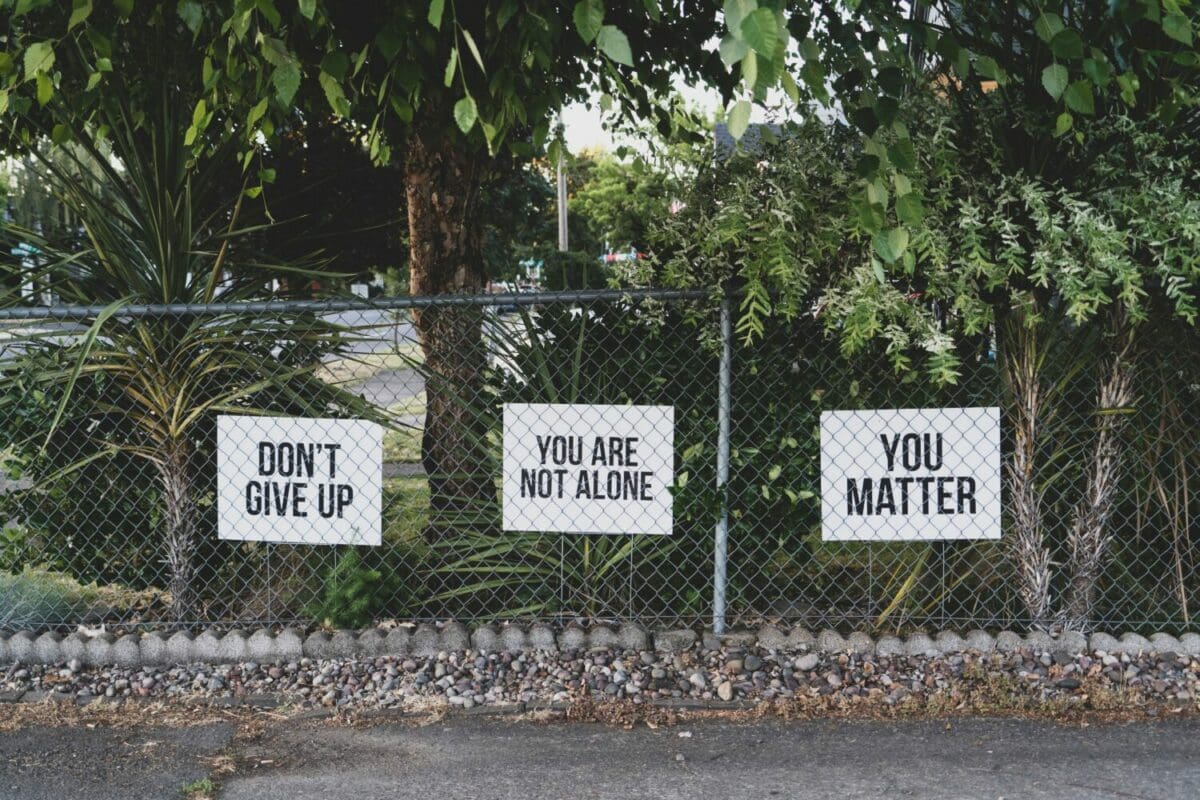
Building Resiliency
April 5, 2024 in Be Positive, Educate Yourself, LINKS
Building resiliency is an important part of life. Every day we face new challenges and stressors; from academic stressors to social dynamics and interpersonal conflicts. Resilience, defined by the Americal Psychological Association, refers to the process of adapting to life’s challenges, successfully overcoming challenges, and feeling stronger afterward. To be resilient is to show mental flexibility when faced with difficult situations. You may be asking yourself, am I a resilient person? It takes a lot of mental resilience to cope with the level of stress most of us face daily, however, it is also a skill we can work on and improve over time.
How do you become more resilient?
Many factors impact a person’s resiliency. There are some things within our control such as the use of coping skills and personal strengths. Certain factors are not always in our control such as social support or community resources. Building and maintaining a support system is a good place to start, but here are some other tips to help you build resiliency on your own.
- Positive Self Talk: When we are struggling with something, or not meeting the goals we set for ourselves, it can be easy to think negatively about ourselves. Positive self-talk helps us face and overcome our challenges and make effective decisions. Negative self-talk leads to additional stress and decreased confidence.
- Problem-Solving Skills: When presented with a difficult problem having strong problem-solving skills can help you find quick solutions. The next time you face a problem, try breaking it down. First, analyze what caused the problem in the first place. Then create a list of all possible solutions. Next, decide which solution is best and come up with a plan. If your first solution does not work out, revisit your other solutions. The important part is to not give up!
- Combining both one and two is our third method of increasing resilience: learning to see ‘failure’ as a learning opportunity. While setbacks can be frustrating, they allow you the opportunity to know how to face future problems differently. This is building resilience!
Building resilience is not a quick fix but rather a lifelong journey of growth and self-discovery. By strengthening our problem-solving skills and fostering a growth mindset we can navigate life’s ups and downs with strength, courage, and resilience.

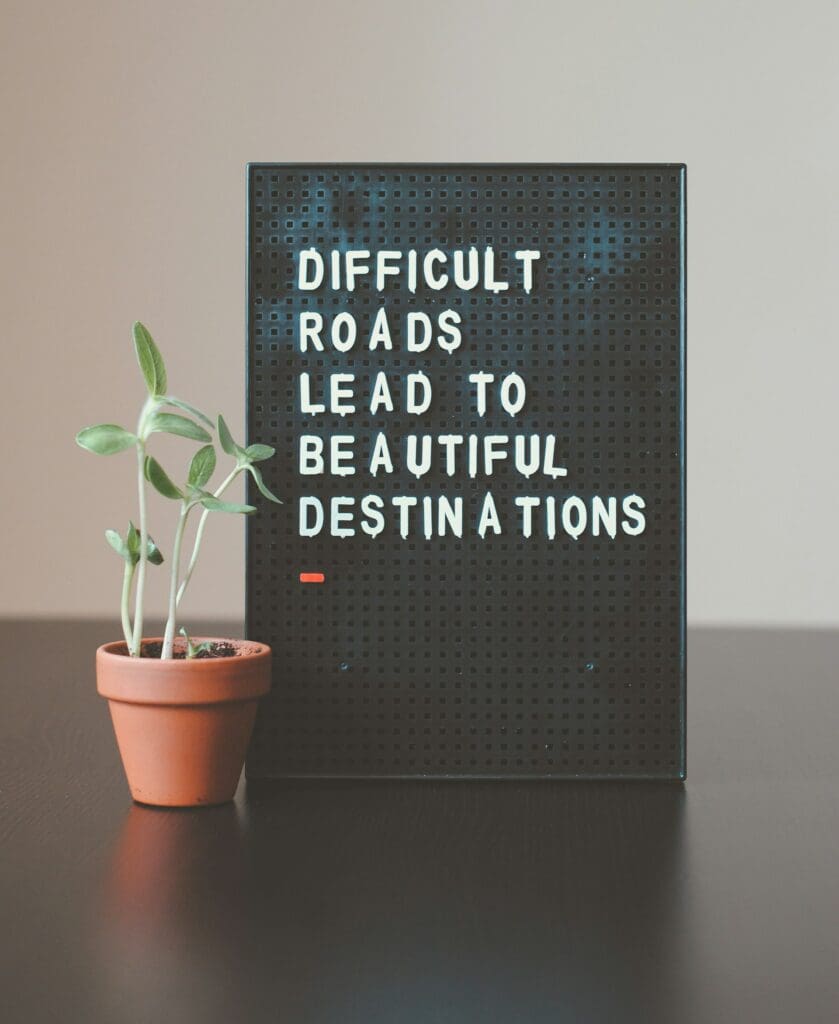

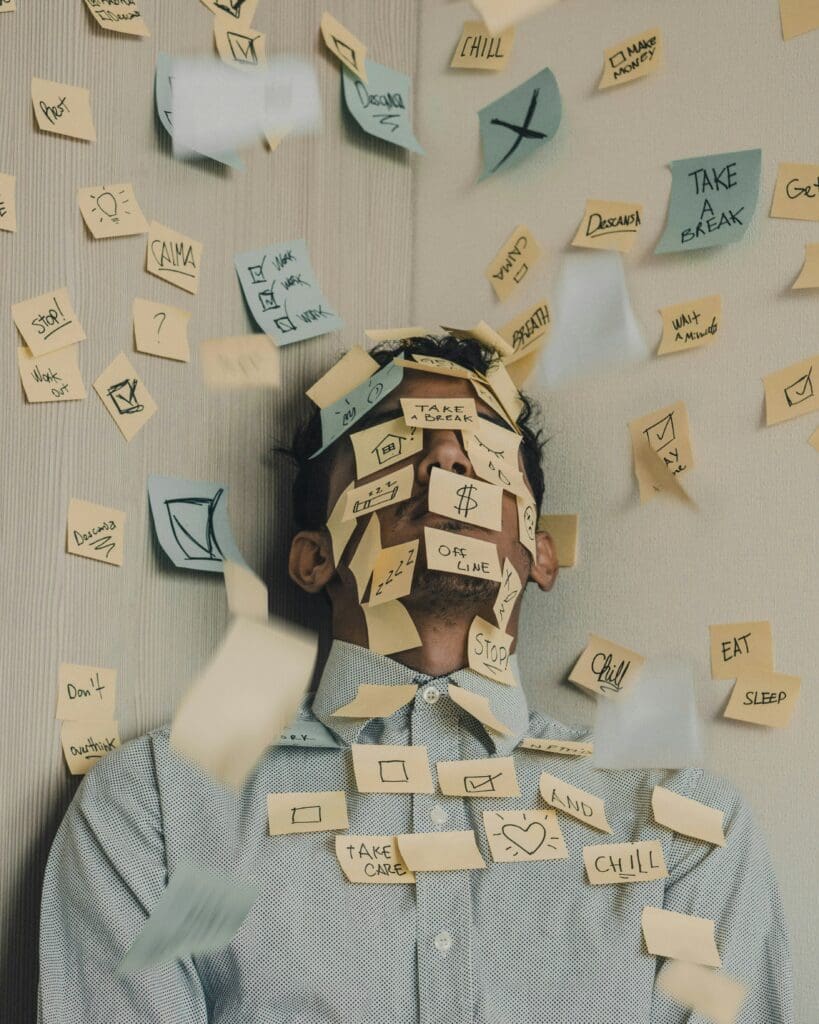
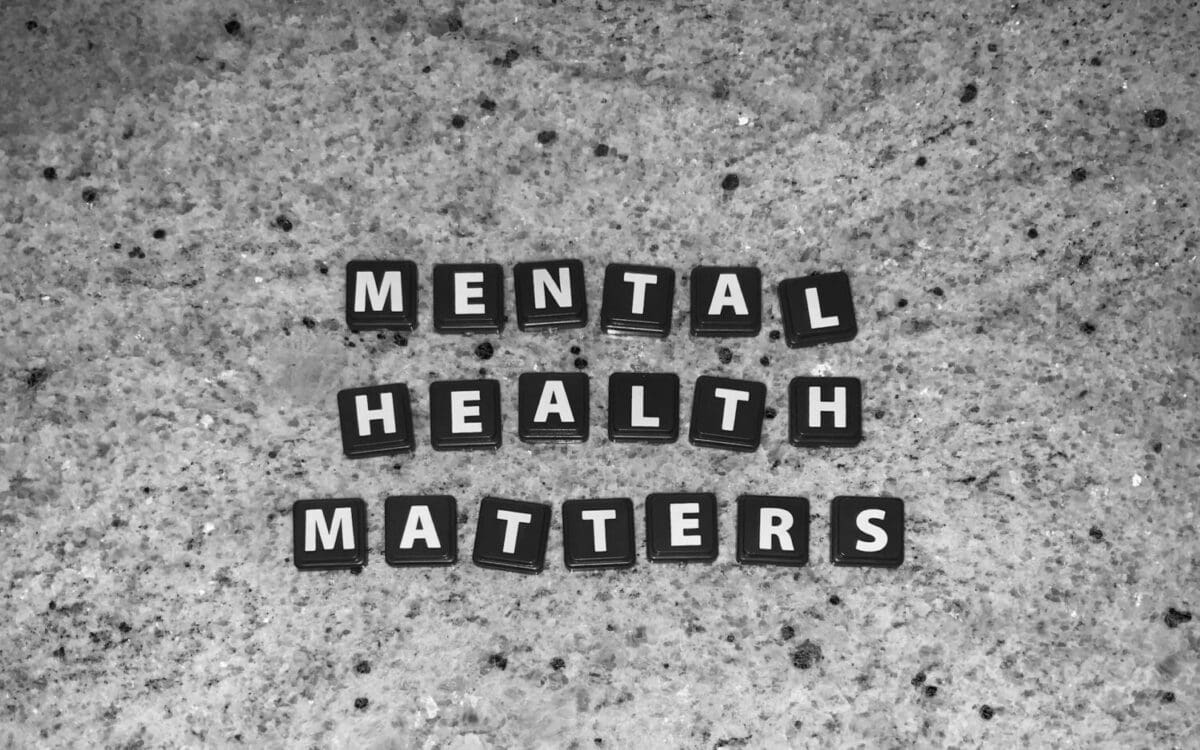
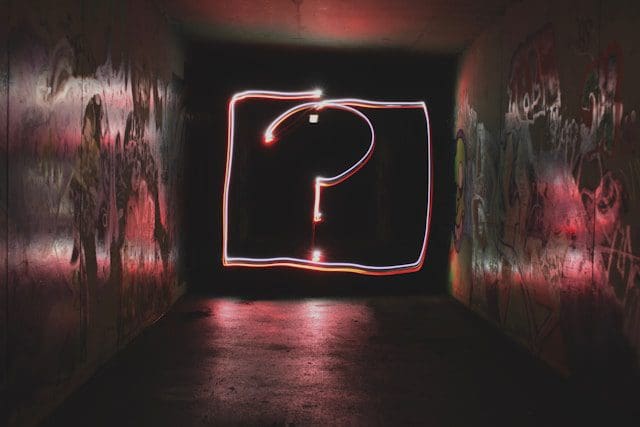














Recent Comments